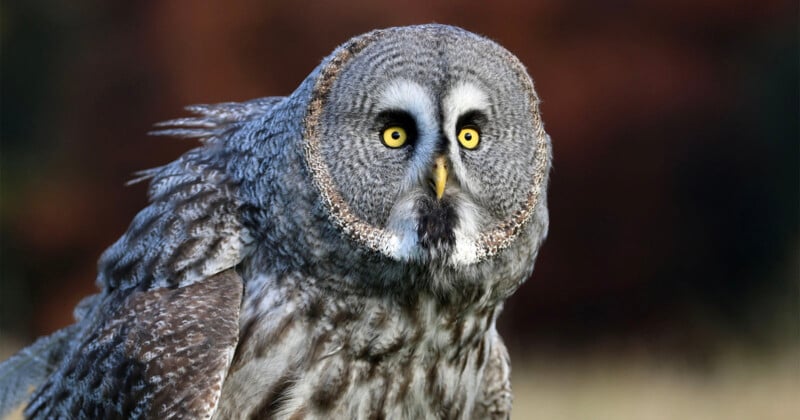Wildlife Photographers Fight Removal of Owl Nest Where People Camp to Take Pictures

Wildlife photographers stopped a great gray owl nest being removed after a government agency became concerned about people camping nearby to take pictures of the birds.
According to a report in The Bozeman Daily Chronicle, the Montana Department of Fish, Wildlife & Park (FWP) were planning to remove a great gray owl nest on the Blackfoot-Clearwater Game Range northeast of Missoula in Montana, U.S.
The FWP had intended to remove the nest after the pair of great gray owls residing there had fledged their young in late spring or early summer.
The Bozeman Daily Chronicle reports that the nest had become a prized spot for wildlife photographers and the FWP were considering removing the nest because of its popularity among lensmen and women.
“Pretty much all of the photographers in the Missoula area are keyed into this nest now,” Torrey Ritter, FWP’s nongame wildlife biologist tells The Bozeman Daily Chronicle.
Most photographers acted ethically and respected the owls, spending only a few hours near them and maintaining their distance by using long telephoto lenses to capture their images.
But, according to the news outlet, a few overzealous wildlife photographers had camped out for days at a time only a few feet from the owls. The photographers then became territorial when others tried to take their own photos of the birds.
Some of these professional wildlife photographers — who rely on unique images for their income — weren’t friendly to potential competitors who came to photograph the owls, despite them being on public land.
“We had originally talked about taking down (the nest),” Ritter says.
Ritter says that this was because “people are camping out there” and the owl nest is “becoming kind of a zoo.”
While the owls seemed unbothered by the people around the nest and continued to fledge multiple young every year there, the agency were concerned about the cumulative effects of human presence there.
An Outcry From Photographers
However, as soon as wildlife photographers heard about the FWP’s plans to remove the owl nest, they immediately fought back against it.
Ritter says that as soon as news circulated about the plans for the nest to be removed, the FWP “just started getting calls from everybody.”
Following the outcry from photographers, Ritter says that the government agency dropped that plan to remove the nest, reluctant to have a fight over it.
In theory, while “harassing” the owls could be a violation of the federal Migratory Bird Act, Ritter says the current level of activity around the owl nest doesn’t warrant such action.
The owl nest currently sits on a human-made wooden platform built on an a live tree trunk. The platform was constructed to save the nest after it toppled over a few years ago.
The FWP have now decided to let the nest and platform remain until the owls stop using it on their own or the tree trunk-top placed on the platform naturally decomposes. Then the agency will remove the platform.
Image credits: Header photo licensed via Depositphotos.